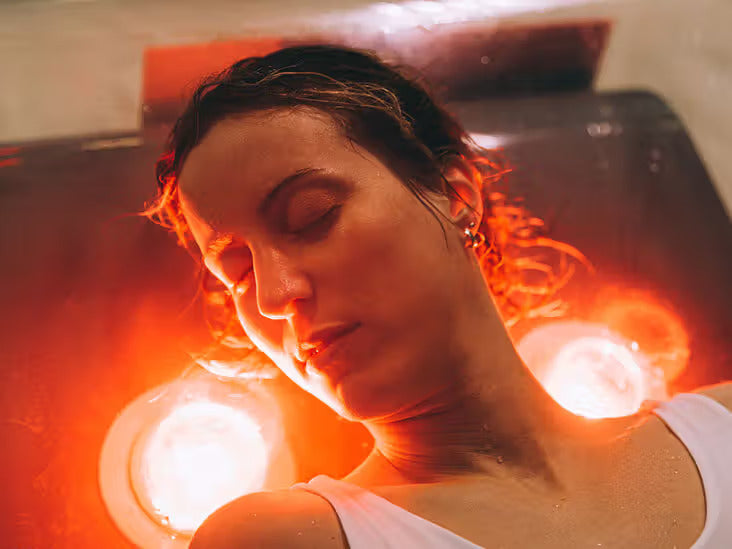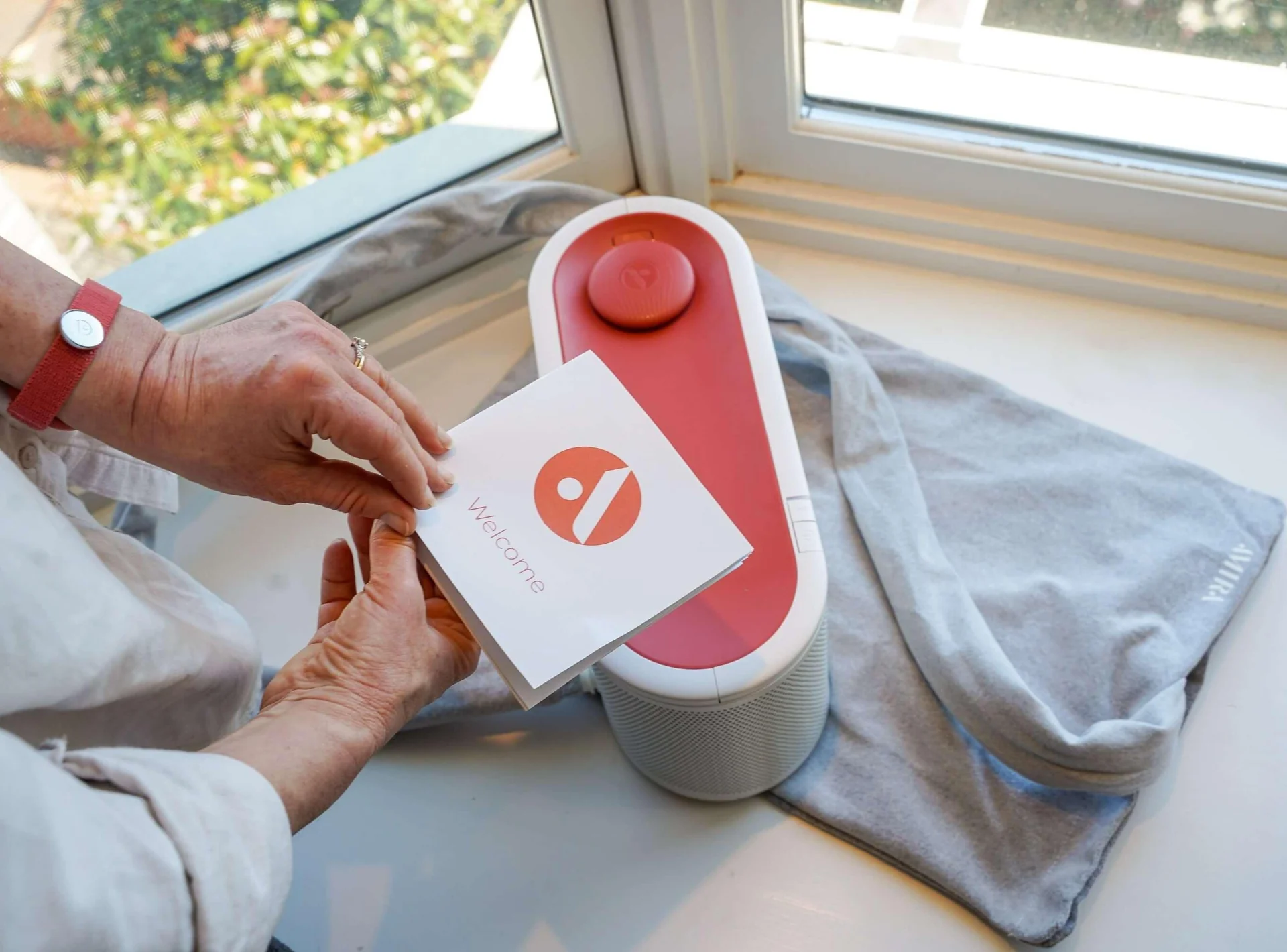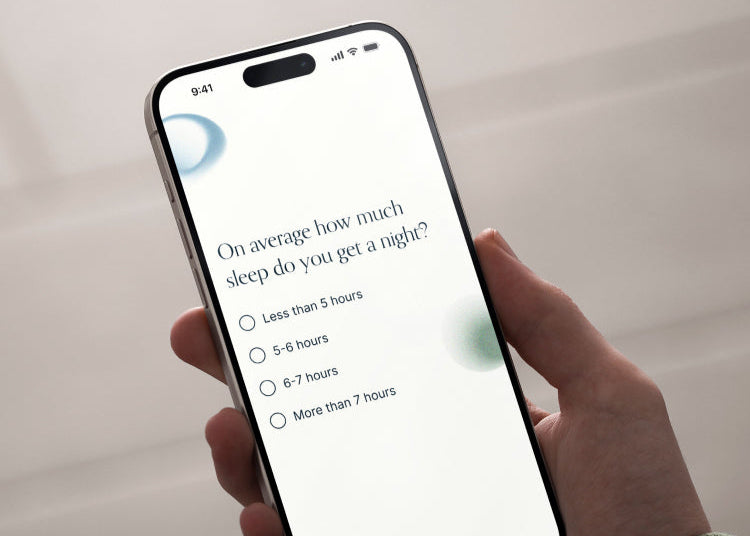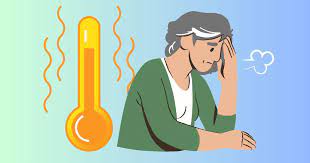
Thermoregulation
- Category: Science
- Written by: Amira Health
- Reading time: ~4 min
Hot flashes and night sweats—collectively known as vasomotor symptoms (VMS)—affect a significant percentage of menopausal women and can severely disrupt daily activities and sleep.
While VMS have no direct treatment, there are a number of ways you can control their impact on your day to day life.
The Science Behind Vasomotor Symptoms
What Are Vasomotor Symptoms?
Vasomotor symptoms, including hot flashes and night sweats, are some of the most well-known symptoms of menopause. These symptoms are experienced by up to 80% of women (👉 What Exactly Is a Hot Flash – The Science) during and after the menopause transition. While some women experience these symptoms for a brief period studies show that for many, VMS persist for an average of four years after menopause, while lasting as long as 12 or even 20 years or others.
The Role of the Hypothalamus in Body Temperature Regulation
The hypothalamus is the part of the brain responsible for maintaining body temperature. In menopausal women, the decline in estrogen interferes with the hypothalamus' ability to regulate temperature, making it more sensitive to even slight temperature changes.
Hormones are not easy to understand, we tried to simplify the concept around hot flashes and hormones in this article.
The Mechanism Behind Hot Flashes
Hot flashes occur when the hypothalamus mistakenly believes the body is overheating and tries to cool it down, even if your real body temperature hasn’t significantly changed. The body responds by dilating blood vessels and causing a sudden wave of heat from warm blood rising to the surface of the skin, followed by sweating and a spike in cortisol that could interrupt your sleep.
How Thermoregulation Changes During Menopause
Increased Sensitivity to Temperature Changes
Menopause alters how the body handles temperature regulation. As estrogen levels decline, the body's thermoregulation becomes more erratic, making women more sensitive to small changes in external temperatures. For example, a warm room or wearing too many layers can easily trigger a hot flash. This heightened sensitivity can make day-to-day activities and sleep more difficult.
The Impact of Hot Flashes on Daily Life
Hot flashes and night sweats can be disruptive in many ways. Night sweats can interrupt sleep, leading to fatigue, irritability, and difficulty concentrating during the day. Hot flashes can also strike at inopportune times—during work, social events, or when simply trying to relax—creating discomfort and anxiety in public or social settings.
Long-Term Changes in Thermoregulation
Over time, the frequency and intensity of hot flashes generally lessen, but this process can take years. Some women experience vasomotor symptoms well into their post-menopausal years, with episodes lasting several minutes, and symptoms persisting for decades after the menopausal transition.
Sauna Therapy for Menopause Symptom Relief
Infrared sauna therapy is becoming increasingly popular for alleviating menopausal discomfort. Unlike traditional saunas, infrared saunas use infrared light to heat the body from within, resulting in deeper penetration that promotes relaxation and stress relief without the intense heat of conventional saunas. While counterintuitive, heat exposure from infrared saunas can actually reduce the severity of hot flashes. This could be due to its influence on the hypothalamus, which plays a role in temperature regulation, as well as increased production of heat-shock proteins and estrogen-modulating proteins that may help the body manage thermoregulation more effectively.
Infrared saunas have also been shown to improve sleep and reduce anxiety, two areas where menopausal women often struggle. Regular use—such as 20-30 minutes several times per week—may improve endorphin production and blood circulation, reducing nighttime awakenings due to hot flashes or night sweats. However, it’s important to ease into sauna therapy, starting with shorter, lower-temperature sessions to assess comfort levels.
Deep dive into Natural Remedies for Hot Flashes.
Cold Water Exposure and Vasomotor Symptom Management
Cold exposure, including cold showers and swimming in cold water, has shown promising results in reducing hot flashes, improving mood, and reducing anxiety for menopausal women. A recent study published in Sage Journals found that nearly half of women who practiced regular cold water immersion experienced relief from anxiety, improved mood stability, and a reduction in the frequency of hot flashes.
The physiological benefits of cold exposure include decreased inflammation, enhanced circulation, and potential improvements in mood through endorphin release. Cold water immersion may also increase circulation, boosting metabolism and energy levels, which can help counteract fatigue associated with poor sleep.
For those new to cold exposure, beginning with brief cold showers—starting at 30 seconds and gradually increasing to a few minutes—can be beneficial. Alternating hot and cold exposure in the shower can further enhance circulation and help the body adapt to temperature fluctuations, supporting improved thermoregulation.
The Sleep Connection
Quality sleep is foundational to managing vasomotor symptoms, yet hot flashes and night sweats can make it a challenge. Poor thermoregulation not only disrupts sleep but also creates a vicious cycle: inadequate REM sleep increases stress on the body exacerbating the intensity of VMS during the day.
Cooling sleep devices, like our Terra, detect a hot flash before it happens and adjust your sleep temperature to keep you dreaming and comfortable. Restful sleep thanks to steady body temperature can help stabilize the hypothalamus, and keep you energized and happy promoting better thermoregulation and fewer disruptions throughout your day.
Resources
https://pmc.ncbi.nlm.nih.gov/articles/PMC9744645/
https://pubmed.ncbi.nlm.nih.gov/30454602/
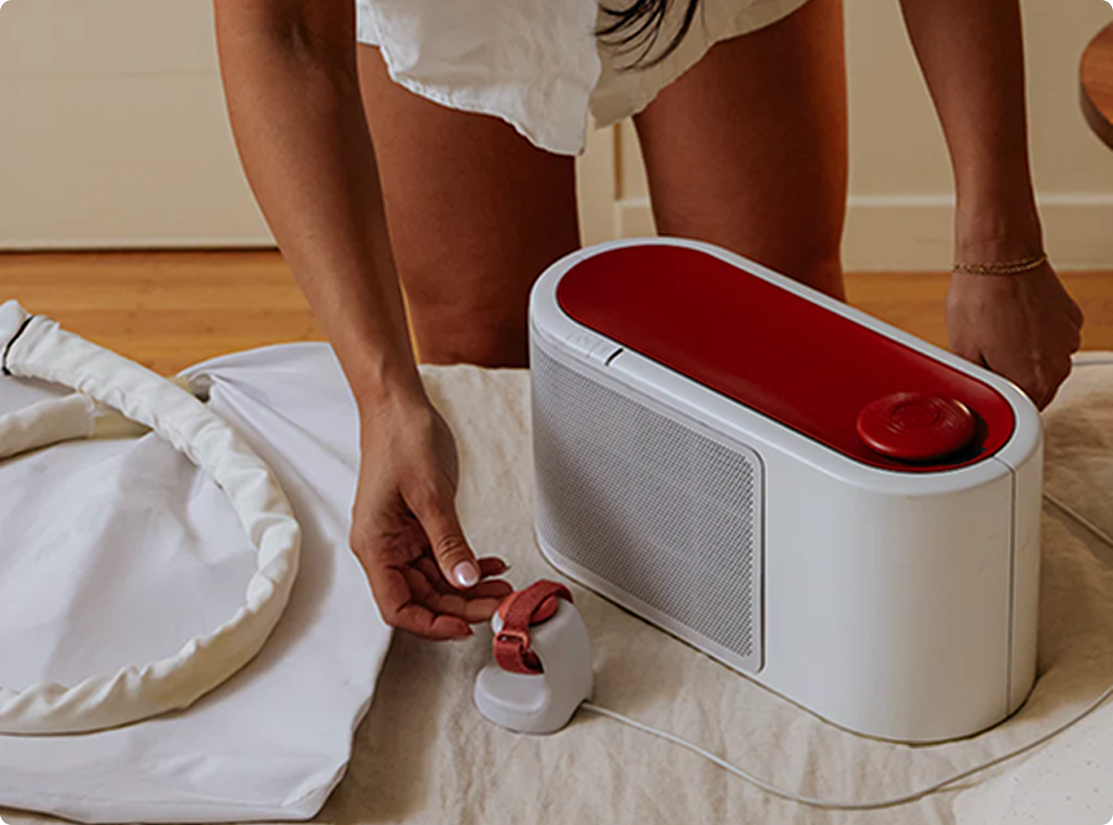
Sleep Cool, Wake Refreshed
Terra’s smart cooling system stops hot flashes before they wake you.
Predicts & cools in seconds
No noise, no interruptions
Wake up refreshed


